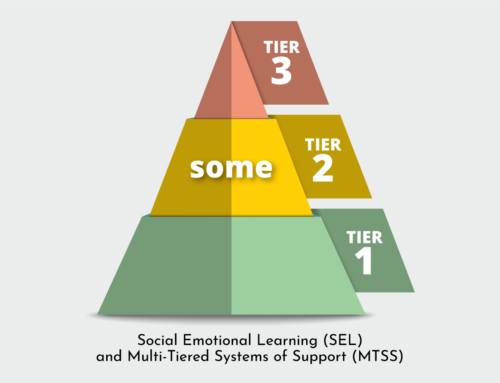Every work site contains hazards, and employees need to know how serious those hazards are. That is why all workers, regardless of expertise level, should strive to improve their situational awareness.
Employees who don’t pay attention to their surroundings put themselves and their co-workers at risk of falling victim to workplace accidents. Often there is so much ‘going on’ in your working environment, or you become so absorbed in your own thoughts, that you fail to spot those things that could pose a serious threat to your health and safety. Workers who have been performing the same task are especially at risk of lacking situational awareness due to those tasks becoming routine and mundane.
To prevent complacency, workers should make a habit of taking quick breaks to mentally assess their surroundings. Situational awareness is being aware of what is happening around you in terms of where you are, where you are supposed to be, and whether anyone or anything around you is a threat to your health and safety.
To help you remember to think about situational awareness use the SLAM technique.
SLAM consists of four simple steps:
- STOP Engage your mind before your hands. Look at the task in hand.
- LOOK at your workplace and task and identify the hazards present. Evaluate those hazards and create a plan to deal with them.
- ASSESS the effects that the hazards have on you, the people you work with, equipment, procedures and the environment. Ask yourself if you have the knowledge, training, skills and tools to do the task safely. Consult with your supervisor.
- MANAGE If you feel unsafe, stop working and tell your supervisor. Tell your supervisor what actions you think are necessary to make the situation safe. Supervisors should take appropriate action to eliminate or control the hazards.
When using this technique, employees will draw upon their experiences, training, skills and senses to evaluate what is happening around them. This in turn will create a safer work environment.





 ESD 112 equalizes educational opportunities for learning communities through innovative partnerships, responsive leadership, and exceptional programs.
ESD 112 equalizes educational opportunities for learning communities through innovative partnerships, responsive leadership, and exceptional programs.